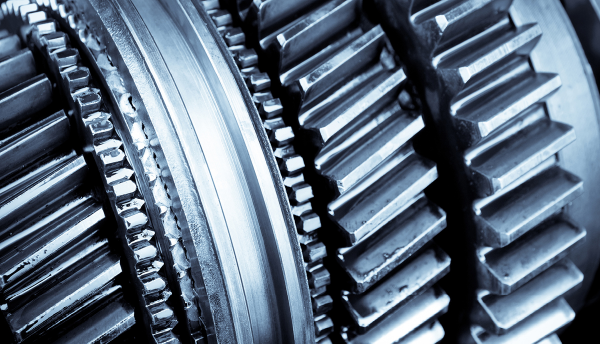
Automotive engineering consultancy Drive System Design (DSD) has partnered with chemicals and advanced materials company Solvay to reduce the weight of automotive transmissions through increased use of structural plastics, says a DSD press release. DSD will provide its transmission expertise, while Solvay will offer its materials expertise. Substituting plastic materials for conventional metal castings not only reduces weight but also improves the transmission’s efficiency due to the greater inherent damping provided by polymeric materials. The process could reduce the weight of a casing for a typical passenger car transmission by up to 45%, which gets reduced to 25% with an NVH (Noise, vibration, and harshness) ‘skin’ included but allows a reduction in transmission losses of up to 0.5% per gear mesh. Currently, the technology is in development phase to optimise the most suitable materials and processes in a ‘near production ready’ state. DSD and Solvay anticipate a five- to 10-year timescale before the first applications come to market. DSD and Solvay are in discussions with automakers to identify areas within transmission and driveline systems that offer the best potential for material substitution in the future.
Significance: Demand for lightweight products is rising as an increasing number of automakers scramble to meet stringent regulations on fuel consumption and CO2 emissions. The DSD-Solvay partnership began when the two companies first collaborated on a plastic transmission housing to improve the NVH of an electric vehicle. “The approach was so effective that it raised the possibility of improving the efficiency of the meshing gears by using tooth geometry that would normally be considered unacceptable because of noise,” said DSD’s president, North America, Shaun Mepham. This was overcome by using reduced helix angles or spur gears and high efficiency tooth profiles with shorter height for reduced sliding and increased rolling, according to Mepham. While the two companies aim to make the large-scale use of plastic composites in transmissions a viable solution for future vehicles, similar potential applications also exists for shafts, casings and hydraulic cylinders.








